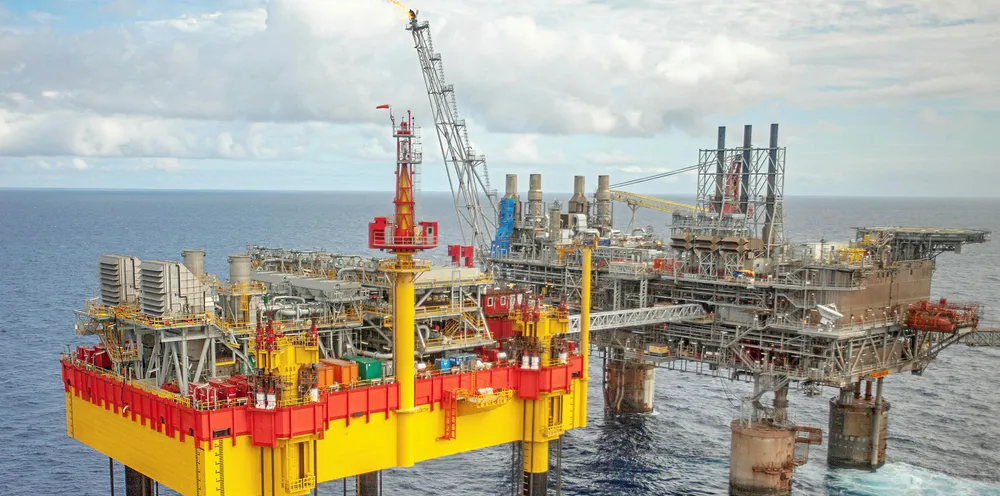Oil giant group agrees emissions cuts to 'support goals of Paris Agreement'
The Oil & Gas Climate Initiative, which includes Shell, BP and ExxonMobil, targets reducing carbon intensity of consortium companies' upstream operations by 8.7% by 2025

The Oil & Gas Climate Initiative, which includes Shell, BP and ExxonMobil, targets reducing carbon intensity of consortium companies' upstream operations by 8.7% by 2025
